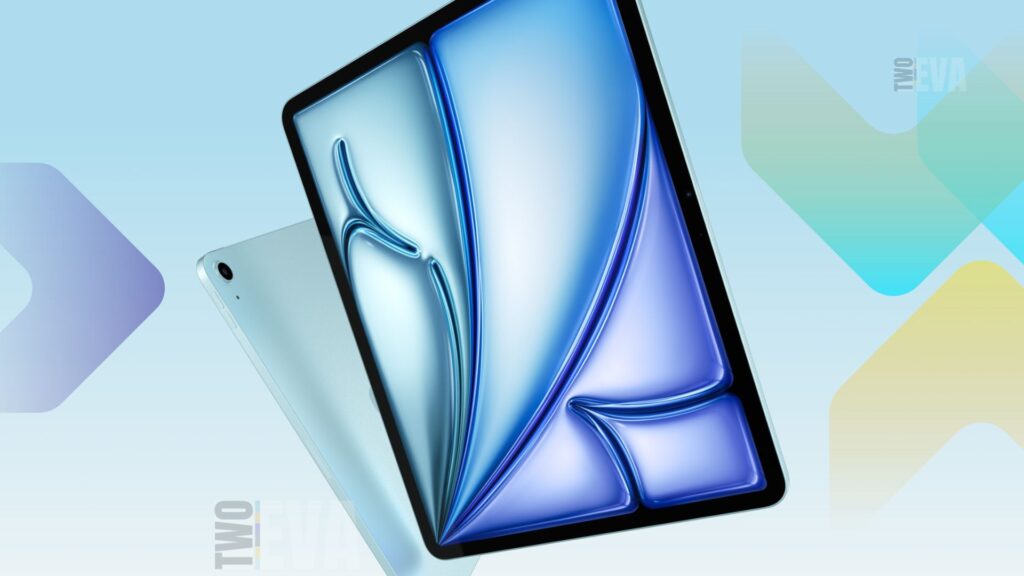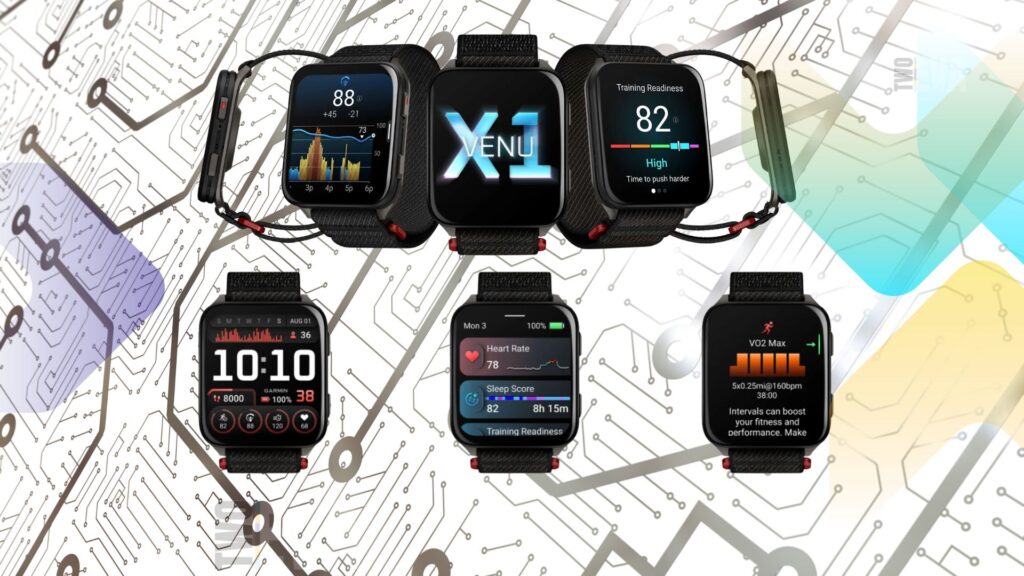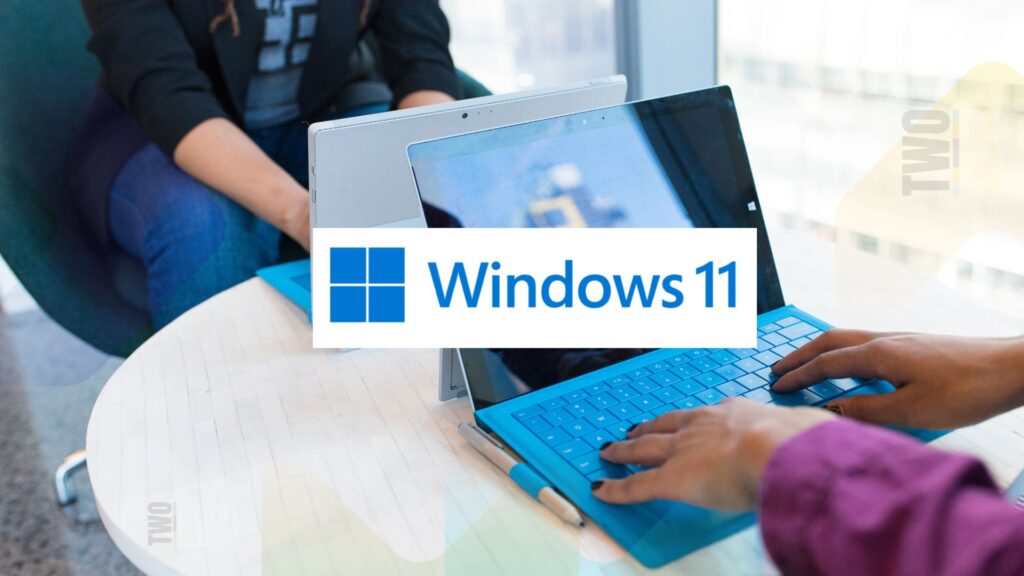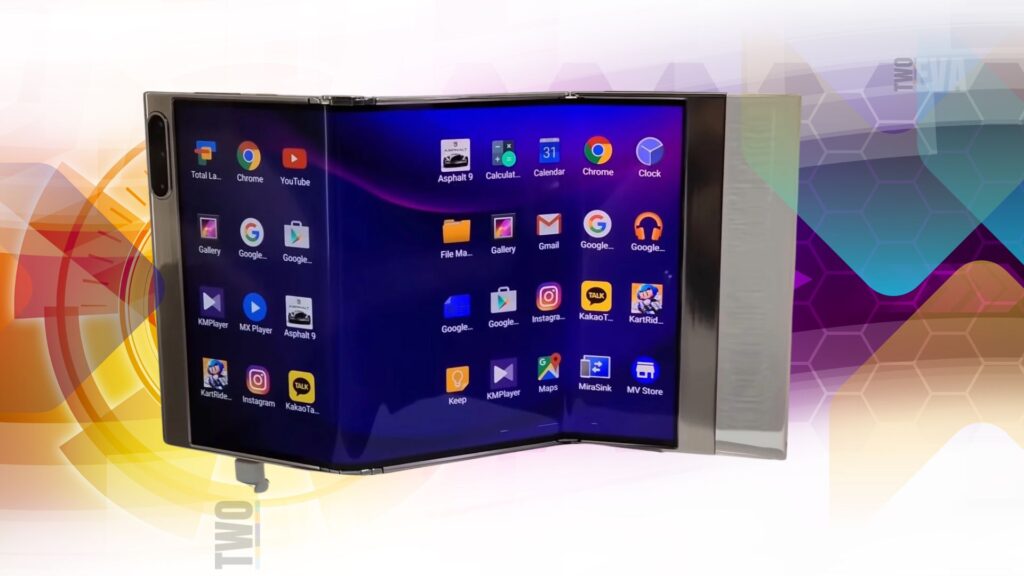Apple is reportedly planning a strategic shift in iPadOS, with the upcoming iPadOS 19 release focusing on integrating macOS-like capabilities to enhance productivity and multitasking. According to sources familiar with the matter, this move aims to make high-end iPad Pro models—already powered by M-series chips—more versatile for professional workflows without fully merging iPadOS and macOS. The decision reflects Apple’s broader strategy of leveraging its hardware advancements to bridge the gap between tablets and laptops, offering users a more cohesive experience across devices.
What to Expect from iPadOS 19
The update is expected to introduce features that bring iPadOS closer to macOS, including improved app management and multitasking enhancements. One of the most requested additions is better windowing support, allowing users to run multiple apps simultaneously in a more flexible layout. Stage Manager, introduced in earlier versions, is also likely to see refinements to make it more intuitive for professionals. These changes could position the iPad Pro as a viable alternative to MacBooks for certain tasks, especially for users who prefer a touch-centric interface.
A major focus will be on maintaining the iPad’s touch-first design while incorporating desktop-like efficiencies. For example, apps like Final Cut Pro, which already run on M-series iPads, may gain deeper integration with iPadOS tools. This aligns with Apple’s gradual push to blur the lines between its operating systems, as seen with the introduction of universal control and shared frameworks between macOS and iPadOS.
Behind the Move

Apple’s decision stems from years of user feedback demanding better productivity tools on iPads. Since splitting iPadOS from iOS in 2019, the company has steadily added features to cater to professionals, such as external display support and desktop-class apps. Rumors of a ‘Mac OS mode’ for iPads have circulated since mid-2024, suggesting Apple has been experimenting with ways to enhance the tablet’s versatility without sacrificing its core identity.
Experts believe this shift is partly driven by the hardware capabilities of M-series chips, which enable desktop-level performance on iPads. ‘The iPad Pro’s hardware has outpaced its software for a while now,’ says one analyst. ‘Apple is finally addressing that gap by borrowing proven features from macOS while keeping the iPad experience intact.’
What This Means for Users
For professionals, the updates could mean fewer compromises when choosing an iPad over a MacBook. Tasks like video editing, graphic design, or multitasking with multiple apps could become significantly smoother. However, Apple seems intent on avoiding a full merger of iPadOS and macOS, likely to preserve the distinct use cases for each device.
As reported by The Verge, these changes are part of Apple’s long-term vision to make its ecosystem more flexible. Whether this strategy will satisfy users who’ve been clamoring for a true hybrid device remains to be seen, but it’s clear that Apple is inching closer to that ideal—one update at a time.















